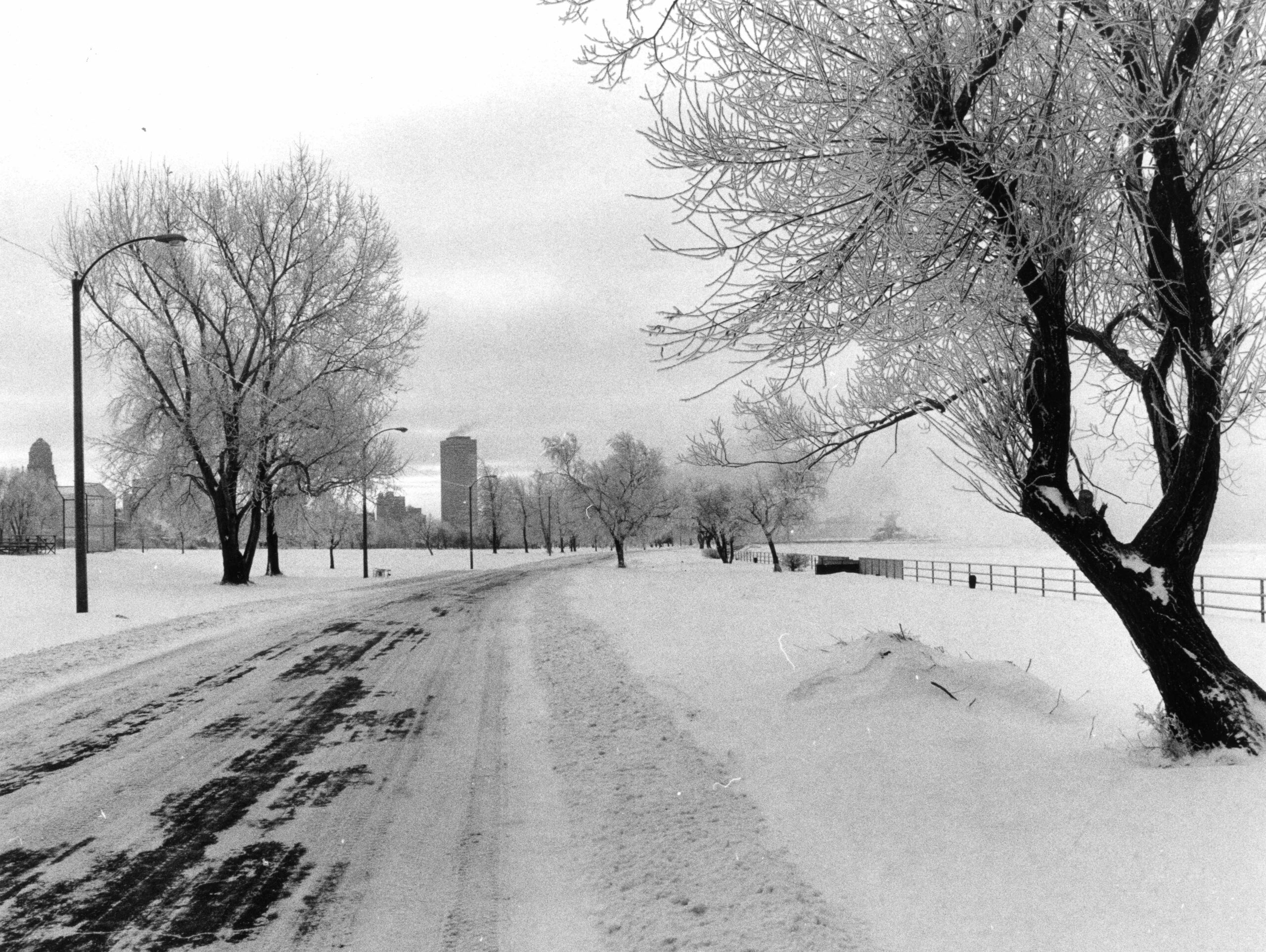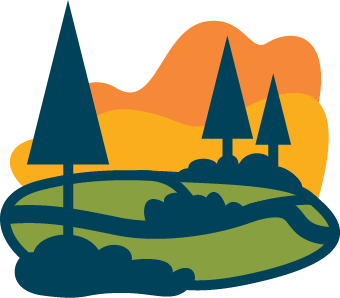
In the 1990s, biologists Elisabeth Schussler and James Wandersee surveyed a large number of elementary and middle school students. They wanted to gauge interest in learning about plant biology. Surprisingly, very few (7%) expressed interest in the scientific subject. Studies had already shown kids’ preferences for learning about animals rather than plants, but the two educators noted teachers’ preferences to animal subjects as well. They wrote a guest editorial for The American Biology Teacher while starting a national campaign to increase public awareness of plants. In their campaign, Schussler and Wandersee noted the missing focus on plants in education, but they also discovered something else. They described how humans of all ages were becoming increasingly blind to the plants in their own environments, a state they called ‘plant blindness.’
Plants are integral to our world. While they provide food, oxygen, and even medicine, plants are nonetheless often ignored or poorly understood. They serve as a backdrop to our lives, blending in with each other and remaining nameless to those who see them everyday. Likewise, while plants dominate endangered species lists, they receive only a small percent of money spent to save threatened wildlife. Researchers have found fascinating explanations for plant blindness. For example, studies have shown people are more supportive of conservation focused on species with human-like features. This explains why endangered plants, unhuman-like in their form, fail to gain much attention.
In the 1990s, another term similar to ‘plant blindness’ entered public attention. First written by author Michael Vincent McGinnis and repopularized by Syracuse professor Robin Wall Kimmerer, the term ‘species loneliness’ considers the impact of wide-spread human disconnection from nature. Humans today are separated from others in the natural world. This does not appear to be a good thing for our species. This state of isolation is believed to cause a deep sadness that will only grow as we become increasingly alienated from nature.
If modern humans suffer from differing levels of species loneliness, it’s not hard to point the finger at urbanization as a cause of our disconnect from others. Living in cities certainly reduces daily interactions with non-human species. If you consider current estimates that by 2050, 1 in 3 people around the world will live in an urban area, we can expect our estrangement to grow.
But what if we considered these ideas in the pursuit of building better cities? What if we stopped ignoring our inability to name the trees in our backyard, or how our children know more about digital creatures than those chirping at their window? What if instead, we sought space for native wildlife to thrive and opportunities for urban communities to learn about it? In the global pursuit to build better cities, what if heritage efforts focused as much on nature as culture? By doing so, we could reconnect people to the natural heritage humans once intimately understood, before plant blindness and species loneliness characterized much of our existence.
The act of reconnecting people with nature inside a city is simple but powerful. While the causes of plant blindness and species loneliness have been explored by researchers, solutions to these problems come from outside formal science. When asked about reducing plant blindness, Schussler offered a simple remedy: interact with plants more. This can be easily achieved by individuals without any formal education in plant biology. Increasing people’s everyday exposure to plants inside a city is an extremely achievable agenda.
For those living in cities, interactions with local plant and animal species are more likely to occur in parks. Because of this, parks redesigned for the future should consider non-human habitats as they build. The community redesign of Ralph Wilson Park has done just that. When the new park is complete, visitors will be able to interact with native plants and animals whose habitats were built into the sustainable, scientifically-informed features of the new park. Whether kayaking, cycling, playing sports, or sitting quietly in the new gardens, it will soon be harder to remain plant blind or species lonely in downtown Buffalo.
Lead photo: Icy road in LaSalle Park with city skyline in distance, January 19, 1979. Collection of the Buffalo History Museum. General Photograph Collection. Parks – Buffalo and Erie County, Ralph C. Wilson Jr Centennial – Winter.
All of the Heritage Engagement Project blog posts are now in one spot. Check out our new HEP page for past and future reading on heritage-building at Ralph Wilson Park.









